Where do current workstation graphics cards from both manufacturers stand when it comes to design, construction, simulation, 3D visualization and creation? Has AMD been able to catch up or even overtake with the new lineup of Radeon Pro graphics cards or are Ada and Ampere still the measure of all things? I’ll try to find objective answers to this today and have therefore largely dispensed with automatable, synthetic benchmarks. The insights gained are quite interesting, because one can certainly come close to many things, but probably never reach the absolute truth.
Professional applications are much too complex to be able to make a truly universal statement. However, it is possible to work out trends that are either architecture- or driver-related. In the end, everyone can decide for themselves in which area they see the best card for the money. Whereby the money in the workstation sector is rather relative, because if you want to earn money, you first have to spend it. Unfortunately, this old wisdom still applies today
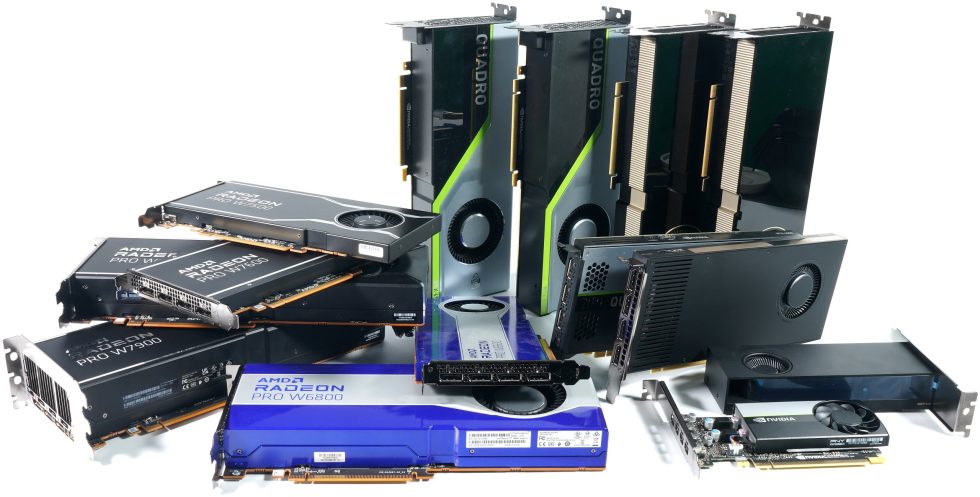
KI-Benchmarks
A special and separate article also deals with the AI performance of various current graphics cards, simply use the link below.
NVIDIA vs. AMD and workstation vs. consumer: Who has the edge in the AI graphics card benchmarks?
NVIDIA RTX Ada, RTX Ampere as well as RTX Pascal
These cards are also largely archived as permanent loans or direct acquisitions. By now, the Ada and Ampere lineups are almost complete, so I extend my special thanks to PNY and MIFCOM today. MIFCOM was kind enough to complete my Ampere lineup, with the remaining cards, including the new Ada cards, predominantly coming from PNY. Of course, some patience was required, as the newly launched cards always take their time to arrive. But by now, almost everything has been processed and data has been incorporated into the many charts.
What was available was, of course, tested immediately, so that in total, I now have 19 current test subjects. This number might increase if I test the pending RTX 4500 Ada and the older Pascal cards at a later date. But for a current inventory, this number is already sufficient, as the test samples are quite representative of the respective manufacturer’s generation.
AMD Radeon Pro W7900, W7800, W7700, W7600 and W7500
All these cards are still quite new, and I have also recently added the newly launched Radeon Pro W7700 to the mix. I don’t want to preempt the results, but AMD certainly has a chance to score well in some areas with these cards. Of course, there is still some catching up to do in NVIDIA’s forte, but the gap has generally narrowed. And if the price is right (and AMD likes to compare cards based on price), then the professional user can certainly find some bargains if they are confident in making the switch to AMD.
If you can even put it that easy at these prices. Thanks to AMD’s sampling, these cards are permanently in my inventory and can therefore be permanently tested. There are also two cards from the somewhat neglected previous generation.
Test software and workstation
The software package includes 4 large software suites from PTC Inc, Dassault Systèmes, Autodesk as well as Adobe and of course the usual standard software like Blender. I use professional or standardized workloads and do without synthetic benchmarks for this. The only exception here is SPECviewperf 2020, which I deliberately included because it allows you to do two things. Firstly, you can see in direct comparison to the full versions where the graphics card manufacturers have optimized the drivers to look particularly good. And secondly, everyone can benchmark it themselves to be able to draw a direct comparison.
Even if NVIDIA would have liked to see it differently, today it is only conditionally about AI and computers (but also). It was important for me that there are programs in the test that run on all architectures and thus also allow a direct comparison. We’ll also see that some tasks don’t require an ultra-expensive high-end card at all. These findings are also important when it comes to an investment decision. Practicality is the new magic word.
The workstation is a PC with an Intel Core i9-13900K on an MSI Z790 Godlike (I know, it’s a gaming board) and 64GB of DDR5 PC6000 CL30, though I intentionally run the memory as DDR5 5200 only. The performance difference to DDR5 6000 is marginal in this application area, especially since I had a case where after a longer Creo run with 5 iterations with DDR5 6000 the system froze shortly before the end. By the way, this is also the reason why I only allow the Core i9-13900K a PL1 and PL2 of 125 watts. It’s not a gaming PC and stability, as always, comes first. Time is pure money and a potential data loss can’t be excused with anything. It’s all cooled with a simple 360 Silent-Loop 2 AiO from be quiet! and I put the workstation in a Fractal Meshify XL, just like the VGA test station.
I deliberately chose a professional solution for the monitor. The almost frameless BenQ PD322020U is large enough with its 31.5 inch diagonal and 3840 x 2160 pixels, has an excellent AHVA panel from AU Optronics and almost completely covers the required color spaces with 10 bit color depth (1.07 billion colors). The ergonomics are almost perfect and you can turn it (up to the pivot function) however you want – a setting always fits. Not quite up to date, but proven.
| Test System |
|
| CPU | Intel Core i9-13900K @ 125W (PL2 = PL1) |
| RAM | 64 (2x 32) GB Corsair Dominator Platinum DDR5 PC6000 CL30 @ DDR5 5200 |
| Mainboard | MSI MEG Z790 Godlike |
| Cooler | Be Quiet Silent Loop 2, 360 mm |
| PSU | Be Quiet! Dark Power 1000 Watt |
| SSD | 2x 2 GB Netac NI7000-t NVMe |
| Case | Fractal Meshify XL |
| Monitor | BenQ PD322020U |
| OS | Windows 11 Professional (all updates) |
| Drivers | NVIDIA Branch/Studio: R535 U8 (537.70) WHQL AMD Software Pro Edition: |
PNY RTX 6000 Ada Generation, 48GB GDDR6, 4x DP, Smallbox (VCNRTX6000ADA-SB)
 | Lagernd im Außenlager, Lieferung 2-3 WerktageStand: 27.07.24 04:04 | 8388,29 €*Stand: 27.07.24 04:10 |
 | Ab Zentrallager sofort lieferbar | 8388,30 €*Stand: 27.07.24 00:33 |
 | lagernd (5 Stück), Lieferung sofort möglich | 8388,31 €*Stand: 27.07.24 03:42 |
PNY RTX 5000 Ada Generation, 32GB GDDR6, 4x DP (VCNRTX5000ADA-PB)
 | Sofort lieferbar. Lieferzeit 1-2 Werktage | 4564,10 €*Stand: 26.07.24 23:47 |
 | Ab Zentrallager sofort lieferbar | 4564,11 €*Stand: 27.07.24 00:33 |
 | Lager Lieferant: Sofort lieferbar, 1-3 Werktage | 4564,13 €*Stand: 27.07.24 04:00 |
PNY RTX 4000 SFF Ada Generation, 20GB GDDR6, 4x mDP (VCNRTX4000ADALP-PB)
 | Lagernd im Außenlager, Lieferung 2-3 WerktageStand: 27.07.24 04:04 | 1553,98 €*Stand: 27.07.24 04:10 |
 | 2-4 Tage | 1553,99 €*Stand: 26.07.24 23:47 |
 | Ab Zentrallager sofort lieferbar | 1553,99 €*Stand: 27.07.24 00:33 |
PNY RTX A6000, 48GB GDDR6, 4x DP, Smallbox (VCNRTXA6000-SB)
 | Lagernd im Außenlager, Lieferung 2-3 WerktageStand: 27.07.24 04:04 | 4905,27 €*Stand: 27.07.24 04:10 |
 | Ab Zentrallager sofort lieferbar | 4905,28 €*Stand: 27.07.24 00:33 |
 | 2-4 Tage | 4943,89 €*Stand: 26.07.24 23:47 |
AMD Radeon PRO W7900, 48GB GDDR6, 3x DP, mDP (100-300000074)
 | Lagernd im Außenlager, Lieferung 2-3 WerktageStand: 27.07.24 04:04 | 3497,72 €*Stand: 27.07.24 04:10 |
 | Ab Zentrallager sofort lieferbar | 3497,73 €*Stand: 27.07.24 00:33 |
 | Lieferzeit 7-10 Werktage | 3527,88 €*Stand: 27.07.24 01:53 |
AMD Radeon PRO W7800, 32GB GDDR6, 3x DP, mDP (100-300000075)
 | Lagernd im Außenlager, Lieferung 2-3 WerktageStand: 27.07.24 04:04 | 2169,61 €*Stand: 27.07.24 04:10 |
 | Lager Lieferant: Sofort lieferbar, 1-3 Werktage | 2169,62 €*Stand: 27.07.24 04:00 |
 | Lieferzeit 5-7 Werktage | 2282,00 €*Stand: 27.07.24 03:43 |
AMD Radeon PRO W7600, 8GB GDDR6, 4x DP (100-300000077)
 | Abhol-/Versandbereit in 1-3 Werktagen | 578,98 €*Stand: 27.07.24 04:11 |
 | Lagernd, Lieferung 1-2 WerktageStand: 27.07.24 04:04 | 599,89 €*Stand: 27.07.24 04:10 |
 | Auf Lager; Lieferzeit: 2 Werktage | 599,90 €*Stand: 26.07.24 22:34 |
AMD Radeon PRO W7500, 8GB GDDR6, 4x DP (100-300000078)
 | Lagernd im Außenlager, Lieferung 2-3 WerktageStand: 27.07.24 04:04 | 430,97 €*Stand: 27.07.24 04:10 |
 | 2-4 Tage | 430,98 €*Stand: 26.07.24 23:47 |
 | Ab Zentrallager sofort lieferbar | 432,68 €*Stand: 27.07.24 00:33 |
- 1 - Introduction, test system and software
- 2 - Autodesk AutoCAD 2024
- 3 - Autodesk Inventor Pro 2021
- 4 - PTC Creo 9 - No FSAA vs. FSAA
- 5 - Dassault Systèmes Solidworks 2022 - No FSAA vs. FSAA
- 6 - SPECviewperf 2020
- 7 - Adobe CC: Photoshop
- 8 - Adobe CC: Premiere Pro
- 9 - Adobe CC: After Effects
- 10 - Rendering and GPU compute
- 11 - Power consumption and conclusion















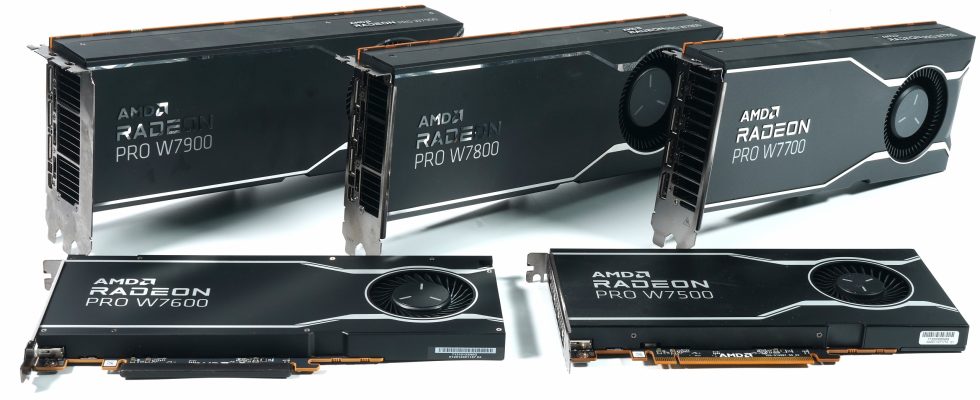







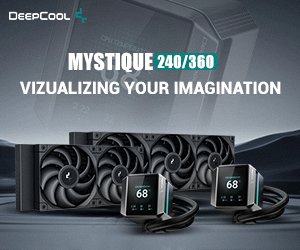




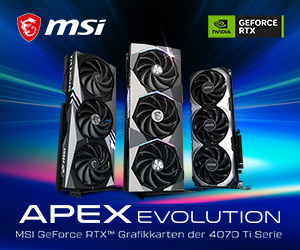



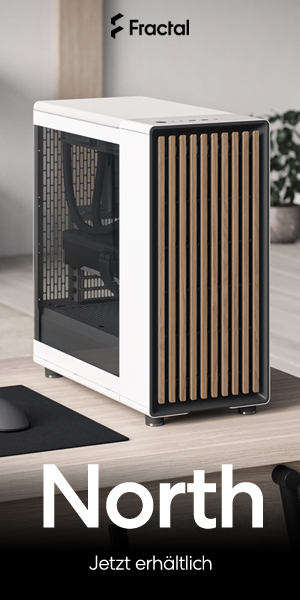
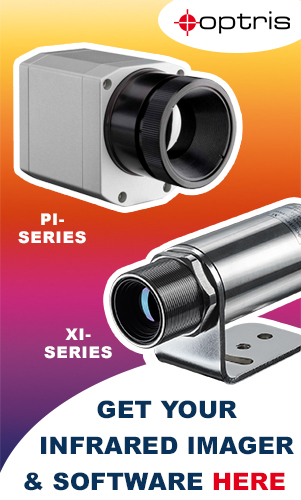

57 Antworten
Kommentar
Lade neue Kommentare
Mitglied
Mitglied
1
1
Urgestein
Mitglied
Veteran
Urgestein
Urgestein
1
Veteran
1
Mitglied
Mitglied
Neuling
Veteran
Mitglied
1
Neuling
Alle Kommentare lesen unter igor´sLAB Community →